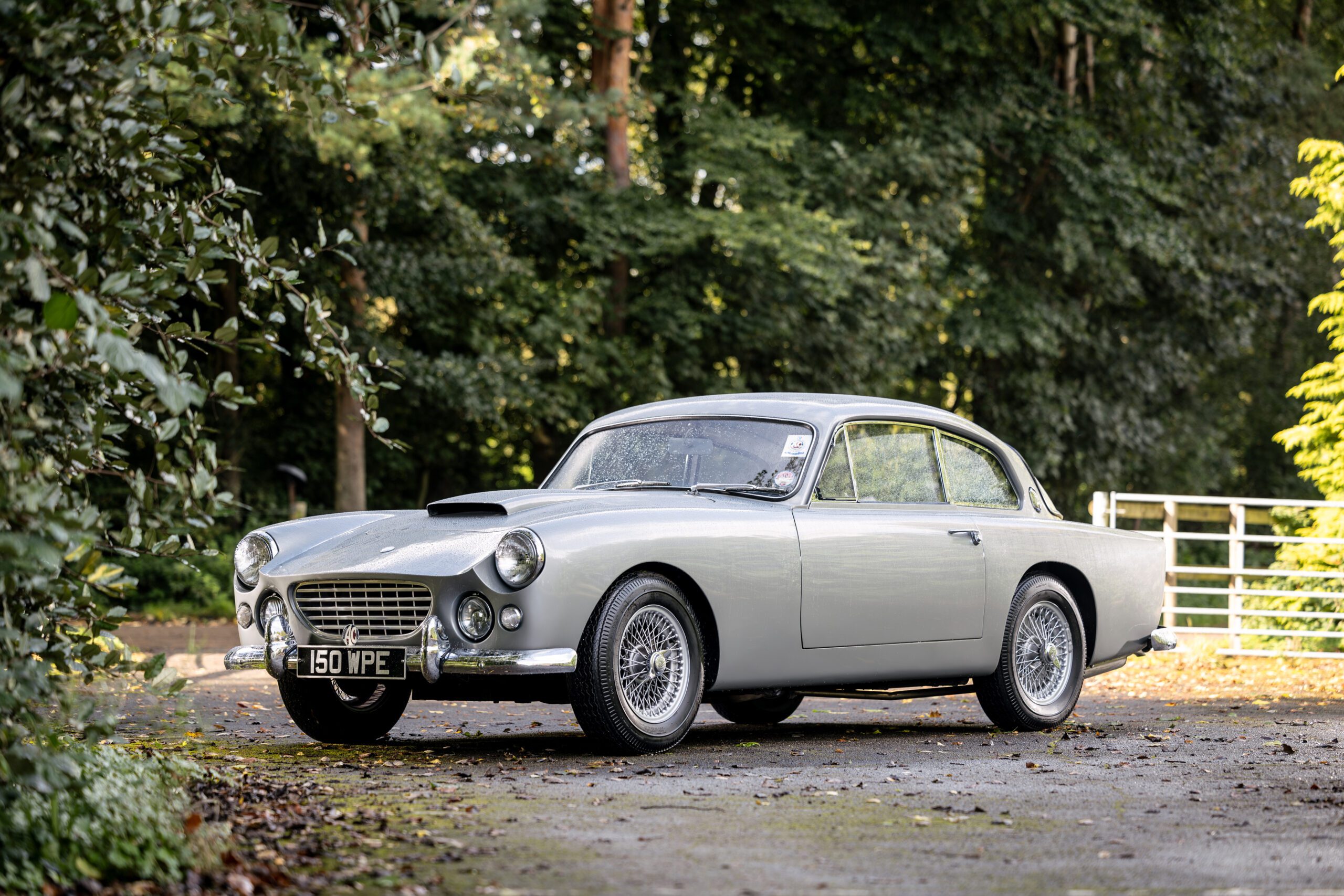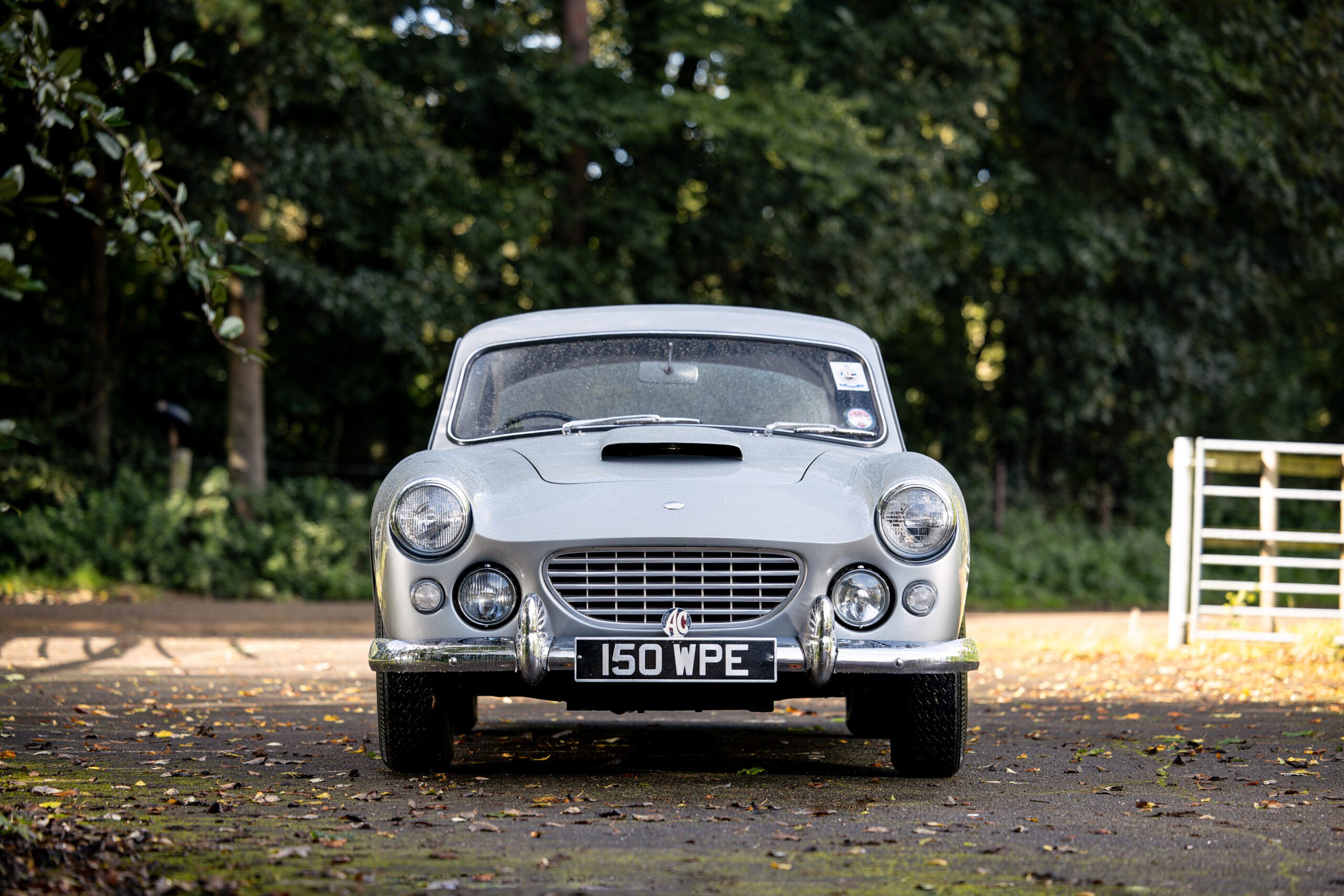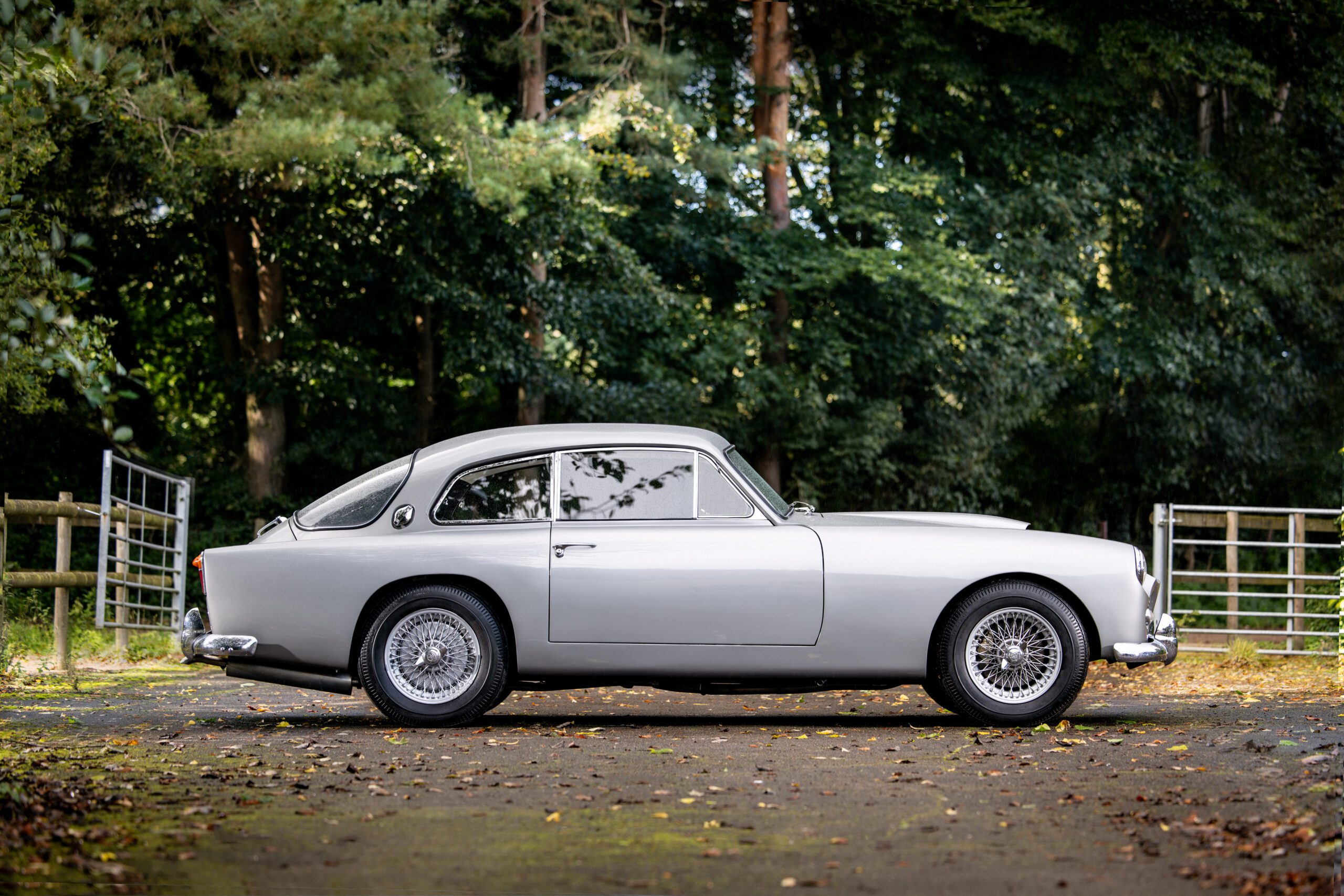AC Cars has a rich history dating back to 1903, but its most illustrious period occurred in the post-World War II era, thanks to the leadership of Derek Hurlock. The turning point for AC came when they embraced John Tojeiro’s innovative low-slung lightweight tubular ladder chassis. Tojeiro had already demonstrated the potential of this concept with some vehicles powered by Bristol engines, wrapped in bodywork that bore a striking resemblance to Ferrari’s iconic Touring-designed 166 MM Barchetta. This design was tweaked and adapted to become the beloved AC Ace.
Following the success of the Ace and its closed counterpart, the Aceca, AC recognized the potential for growth in the 2+2 coupe market, which was largely dominated by cars like the Aston Martin DB2/4. To cater to this segment, AC extended the Ace chassis, upgraded the front suspension to a coil-sprung setup, and introduced rack and pinion steering for a more comfortable and luxurious driving experience. The elegant body, constructed entirely of lightweight aluminum, enveloped the chassis, and customers had the option of various engines, including Bristol’s torque-rich 2,216 cc straight-six with an aluminum cylinder head.
Production of the AC Greyhound continued for nearly five years, concluding in 1963. However, the overwhelming success of the Cobra soon absorbed all of the company’s resources, resulting in a mere 83 Greyhounds rolling out of the Thames Ditton facility.
Source: RM Sotheby’s










